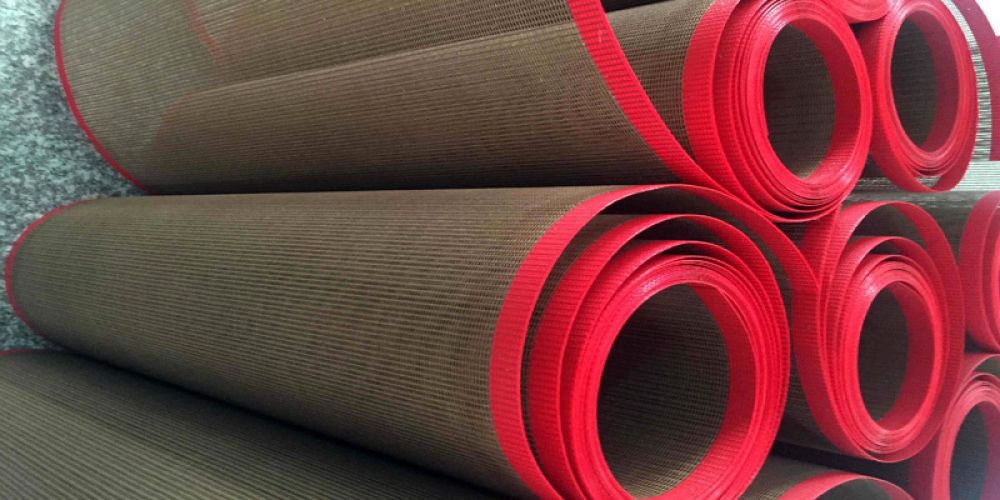
Edge Sealing Styles:
Teflon Skived Film Edge Sealing
Kevlar Fabric Edge Sealing
Teflon Fabric Edge Sealing
Joint Methods:
High-Temperature Stability
Enhanced Durability
Edge Wear Prevention
Flatness Retention
Preparation Phase
Heating Phase
Pressing Phase
Cooling Phase
Material and Joint Selection
Temperature and Time Control
Pressing Quality Assurance
Post-Sealing Inspection
Thermal edge sealing of Teflon mesh conveyor belts significantly enhances durability and stability, offering reliable support for diverse industrial applications. By understanding its styles, features, processes, and precautions, users can optimize performance and longevity in demanding environments.